
Investment Evaluation
Green Pilgrimage has evaluated the impact of their UK Pilot Action investments. Our survey has recorded user views on economic and landscape impact.
Green Growth and Pilgrimage - The continued fragility of Europe’s economy means that growth and development policies often take precedence over environmental policies, threatening our cultural and natural heritage assets. The Green Pilgrimage (GP) project will show how growth and development policies can economically exploit AND protect natural and cultural heritage. Key to this is our focus on the power of pilgrimage- recognized today as one of the fastest growing segments of the travel industry (UNWTO, 2015) with more than 300 million pilgrims every year.
‘Now is the time to harness the power and potential of religious tourism to make a positive difference in the world.’ United Nations World Tourism Organisation
The Power of Pilgrimage - Ancient pilgrim routes such as The Way of St James to Santiago de Compostela, Spain, report an annual 10% increase in numbers, particularly among non-religious. Harnessing this increased popularity to protect natural and cultural heritage is a common challenge faced by those responsible for Europe’s major pilgrimage routes. GP will show policy makers how to protect natural and cultural heritage whilst developing jobs and growth along pilgrim routes through developing low impact tourism, digitalization, pilgrim accommodation and strengthening local traditions. This reconnects pilgrims with their environment, landscape and culture.
Policy Impact - Policy influence will increase pilgrimage across Europe through creating a greater awareness of its benefits. GP will hold exchanges and workshops on sustainable pilgrimage promotion, pilgramage tourism impact, environmental protection and European best practice.
The Main Beneficiaries - The project will principally benefit:
The project’s advisory partner, The European Green Pilgrimage Network, will ensure that the indirect beneficiaries of the project are:
€1,307,345.00
Environment and resource efficiency
The UK ERDF OP comprises 39 local strategies developed by English Local Entreprise Partnership (LEPs). Green Pilgrimage addresses the South East England LEP ESIF Strategy which directs delivery of EU Structural Funds in Kent. The SELEP ESIF strategy focuses on economic growth and recognizes the growth potential of Kent’s natural and cultural heritage. This is an opportunity for Kent’s environment because the best way to protect natural and cultural heritage is to valorise it. However, the unsustainable use of nature and culture also poses a risk to its protection.
Regional growth can pose the greatest risk to natural and cultural heritage protection; it can also be its greatest opportunity. This is how the policy needs to be improved. There needs to be adequate protection for the natural and cultural heritage on which Kent’s rural growth is based. The SELEP Management Board is very business focused with only one land based representative and so governance can miss opportunities to engage meaningfully with the nature and culture sector to ensure that growth protects and valorises Kent’s heritage.
The SELEP ESIF strategy promotes economic growth and recognises the importance of sustainable development; however, it has not yet defined its sustainable development policy or indicators. Thus there is an opportunity to show best practice examples of how growth can be boost economic productivity whilst protecting and developing natural and cultural heritage sustainably.
Regional tourism actors have developed a tourism policy for Östergötland where Visit Östergötland (the official Tourism Development Department) is responsible for the implementation. The policy includes four thematic areas for product development; peaceful, active, smart and water.
1. The sustainability section of the policy is very vague and needs to be improved. When it comes to creating a sustainable natural and cultural destination, using Pilgrim tourism as a unique selling point, we need to include stakeholders to insure that the heritage is preserved and not affected negatively by a larger number of visitors.
2. The Tourism policy is linked to the regional innovation strategy for smart specialization. Therefor an important part of the strategy is to increase the digital knowledge among the tourism actors. In order to do so Visit Östergötland must improve the strategy to make it a priority and to enhance the importance of digitalization with the help of best practice cases which this project can provide. The descriptions in the strategy are today very vague.
3. The policy needs to be more specific when it comes to responsibility issues regarding the governance of protection policies of our cultural and natural heritage assets as foundation of tourism. Pilgrimage, as the most important part of the Peaceful theme, is a cross cutting theme to protect both natural and cultural assets.
Our aim is to improve our protection of these via policy improvements
The France (Channel) England Programme is a “Cross Border” ETC programme.
Investment priority 6.c aims to conserve and develop natural and cultural heritage;
Specific Objective 3.1 To realise the potential of common natural and cultural assets to deliver innovative and growth
These objectives are ambitious and the programme manual does not provide guidance on how they might be achieved. Pilgrimage is an ancient and living cultural tradition that brings huge economic success to some areas e.g. to Santiago de Compostela in Spain or to Walsingham in Norfolk, however despite the presence of the Via Francigena pilgrimage route the Channel area fails to capitalise on this economic and cultural opportunity.
The programme indicators measure success by numbers of visitors and products/services. We will seek to include a measure of sustainability to ensure that the economic exploitation of natural and cultural assets both promote economic growth and enhance the quality of these assets.
Long distance walking is not recognised as being more valuable to the economy, which evidence suggests it is.
Lack of consistency in measurement tools, the UK have HEAT, MENE, Team, Cambridge Model and then France don’t have any of these, make it difficult to measure indicators. A consistent formula is therefore needed.
POR Puglia 2014-2020 has specific objectives related to this project.
1. Objective 6.6 improves the conditions and bidding standards for the use of natural heritage, according to the Landscape Regional Plan to preserve the most important natural landscape of inland areas.
2. Objective 6.7 integrates the use of historical and cultural heritage, landscape, traditions, arts, food and wine through the consolidation and development of networks.
3. Objective 6.8 fosters competitive positioning of tourist destinations through valorization, focusing on improving the capacity to adapt to demand changes for different forms of tourism experiences.
Religious Tourism in Puglia has potential as religious traditions are widespread and deeply rooted in communities. Major religious sites are known worldwide (Monte Sant’Angelo, UNESCO site and S.Giovanni Rotondo) as well as pilgrim routes to Rome and Jerusalem to be developed.
This policy needs to be improved as, despite recognizing the value of local cultural, it should better define objectives and focus on specific themes and case studies to test their applicability by comparing with different policies on the same issues in other countries. The POR lacks quality standards for pilgrimage routes and sustainability indicators to protect the route heritage. Long-term strategy and governance instruments should also be sustained through the POR to enhance private sector role in the preservation and development of the Via Francigena.
The National Pilgrim Strategy written by the Norwegian Government Ministry of Government Administration, Reform and Church Affairs in 2012 was given to the National Pilgrim Center as their policy document. Since then the policy has not been reviewed:
1. The environment and sustainable tourism policy is difficult to implement at different levels. It underlines that nature, culture and landscape are important elements in pilgrimage but guidelines are missing, so we need to find tools to focus attention on cultural heritage in people's everyday environments along the walking routes.
2. Cultural and natural heritage including agricultural landscapes are important parts of pilgrimage routes. The policy to communicate this is vague. The national strategy mentions the importance of a path of quality, and that they want to support the brand of Norway. Green pilgrimage and protection of natural and cultural heritage are not mentioned.
3. The policy does not give clear strategic direction to tourism and business development along the walking routes and the final destination, Nidaros/Trondheim. This is partly a governance failing. Tourism and business elements are seldom involved in the policy making in the governance board. The international perspective in the policy is limited to our partnership in the European Cultural Routes, ECR. The national strategy needs to express a clearer policy on broader international networking in this area
ROP finances the conservation, protection, restoration and sustainable valorisation of the UNESCO national heritage, cultural heritage, regardless of location (urban or rural) and local cultural heritage in the urban environment. Specific activities are almost exclusively focused on physical cultural heritage and there is virtually no mention of natural or tradition heritage such as pilgrimage.
Additionally, nothing is specifically stated about the religious heritage in relation with pilgrimages even if churches and monasteries are part of the cultural heritage.
Also, there is a very little policy detail on the natural heritage in the priority axis 5 Guide and this should be improved in the future programming period. The lack of detail on natural heritage protection is very surprising given the title of the priority includes natural heritage.
This lack of information regarding natural heritage poses a risk to the protection of this heritage but also represents a missed opportunity to focus sustainable development opportunities on this rich natural asset in Romania.
In some cases, the local cultural bodies are not consulted when establishing some actions. Also there might be a poor collaboration between local administration and NGOs activating in the natural and cultural heritage field. The GP project and stakeholder group will encourage improved collaboration in this regard.

Green Pilgrimage has evaluated the impact of their UK Pilot Action investments. Our survey has recorded user views on economic and landscape impact.
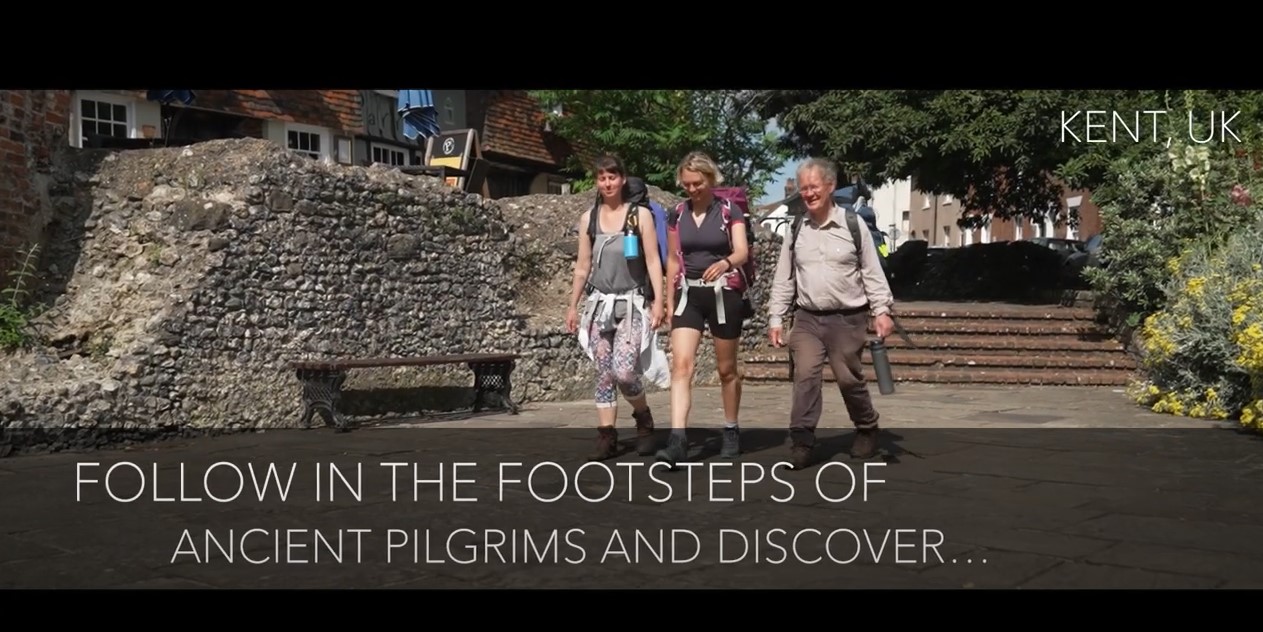
The Green Pilgrimage Closing Conference had over 100 registrations from 7 European countries. The conference pack contains all the event information.
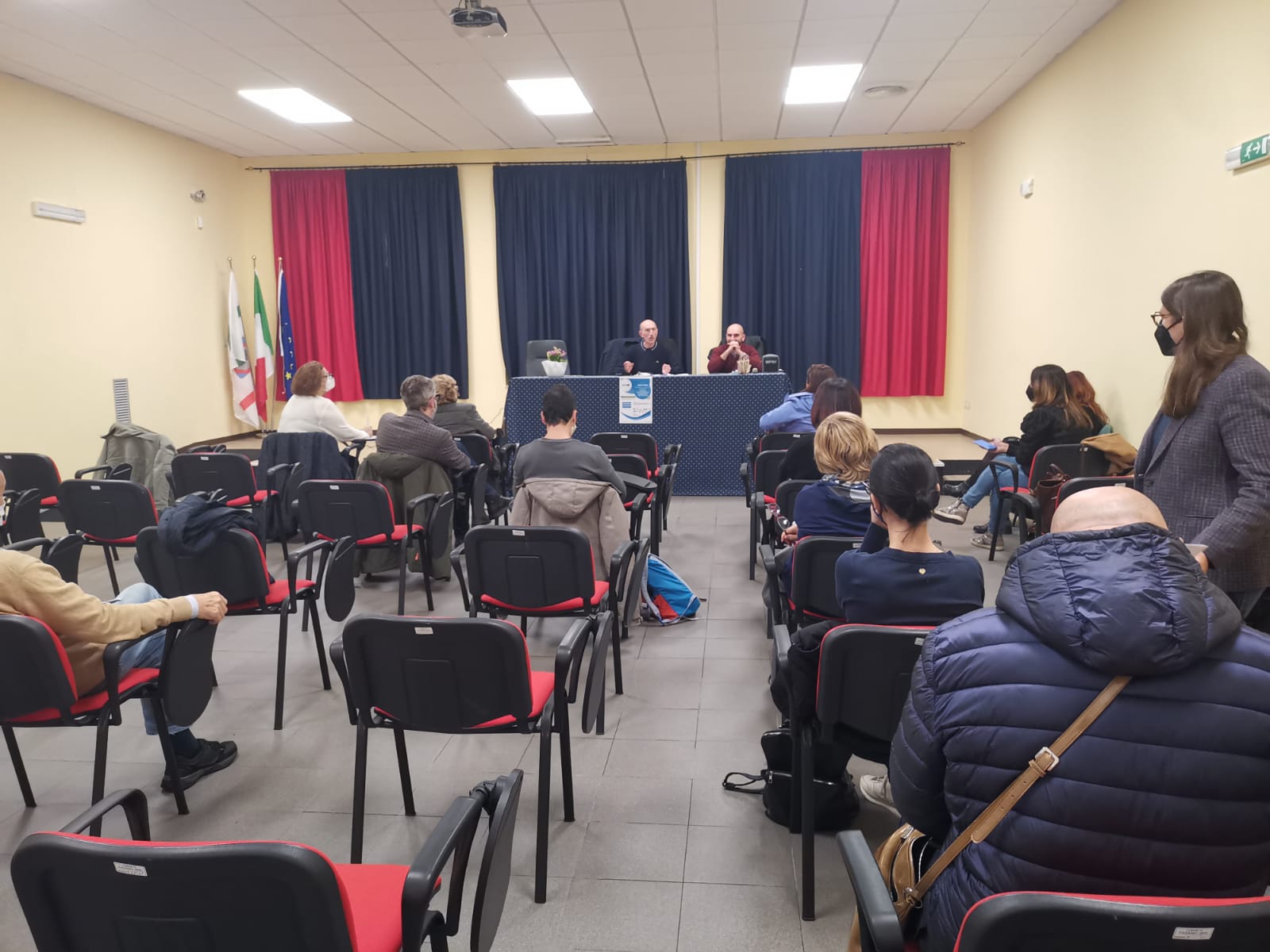
In the frame of GREEN PILGRIMAGE Project, Puglia Region organized its last stakeholder meeting in Fasano (BR) on 05/11/2021
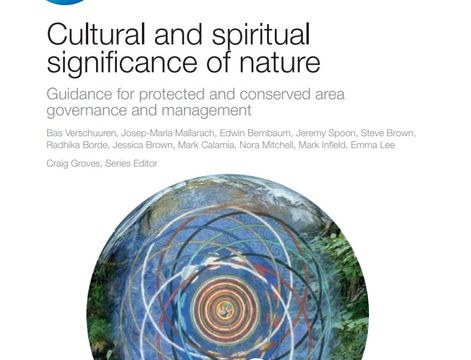
The importance of Green Pilgrimage project was international recognized in the IUCN Guide.
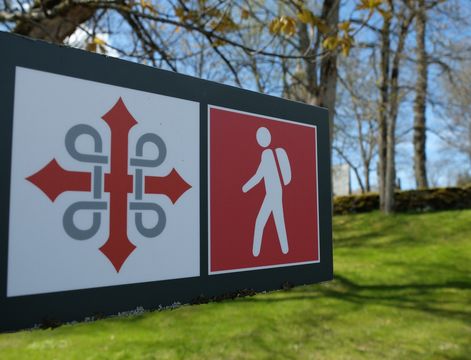
Long Term Plan - a new policy document for The Governing Board of Nidaros Cathedral Restoration Workshop.
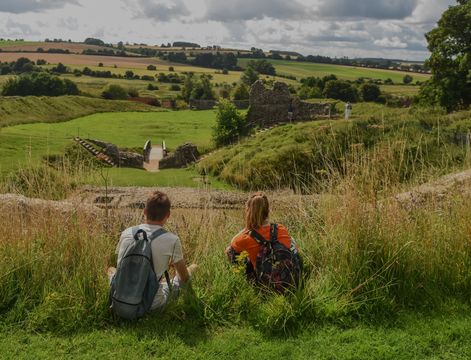
Report by Norfolk County Council and University of East Anglia on how to measure the economic, social and environmental impact of pilgrimage routes.
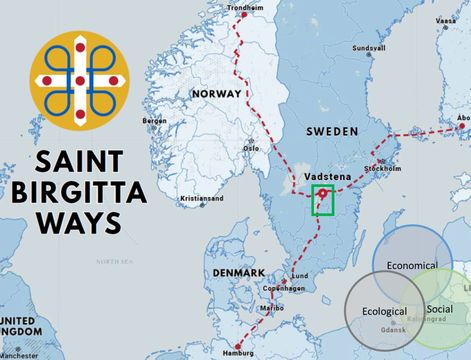
Green Pilgrimage Sustainability Report – the Vadstena Case Study, Sweden
The report can be found here https://www.interregeurope.eu/greenpilgrimage/library/
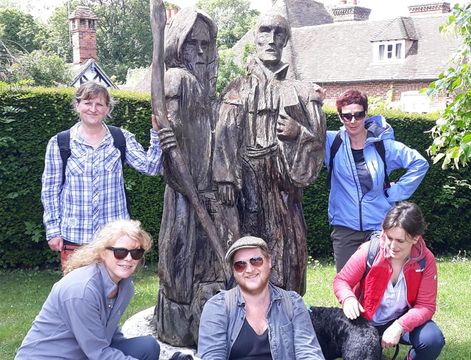
After 3 years, 8 Study Visits and 4 research report this newsletter summarises learning to date and outlines project plans for the next 2 years.
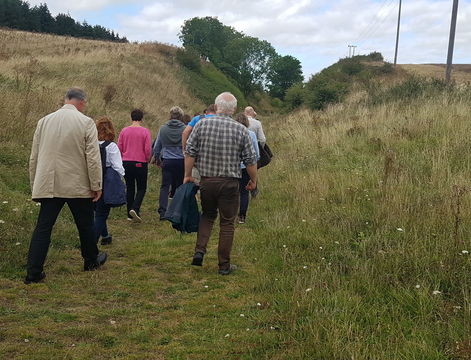
'Understanding the Impact of Pilgrimage on People & Place'
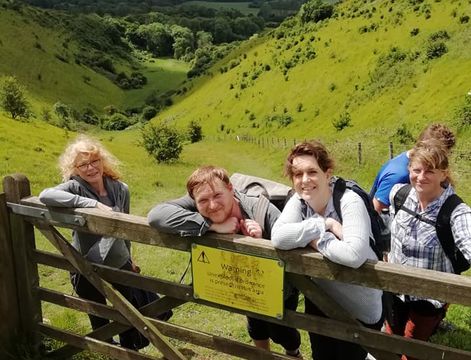
Kent Study Visit - New Approaches to Pilgrimage